Photography—it’s all about commitment, passion, and skill. Ever wondered what a day in the life of a professional photographer is like? Every week, we ask a 500px photographer to document a typical day at work, giving you an exclusive, behind-the-scenes look at how they shoot photos in the field.
This week, we’re going to scope out the most stunning seascapes with photographer Francesco Gola. You might remember this Italy-based photographer who shared his long exposure tips with us a few months ago.
All his pastel-soaked pictures of silky seas and soft clouds are single exposure shots—and he doesn’t use any photo-blending in post-production. Along with his outstanding techniques, he captures the most dreamy and ethereal bodies of water with his Canon 5D MkIII, Zeiss and Canon lenses, ND and GND filters—and a raincoat!
Let’s follow Francesco as he documents his entire day, shooting the world’s most beautiful seascapes. Read on!
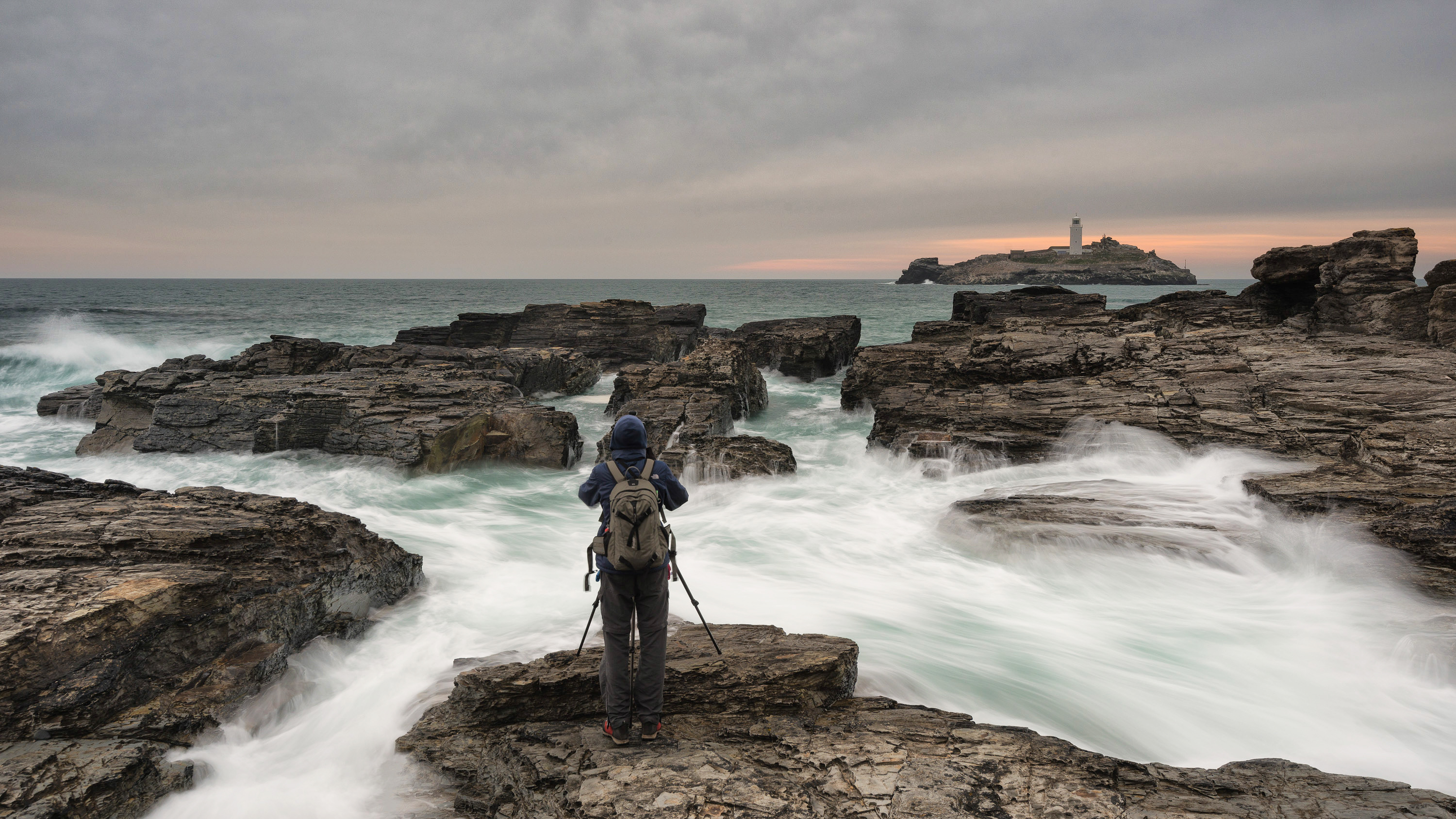
Photo courtesy of Alessio Andreani
24 Hours with Francesco Gola
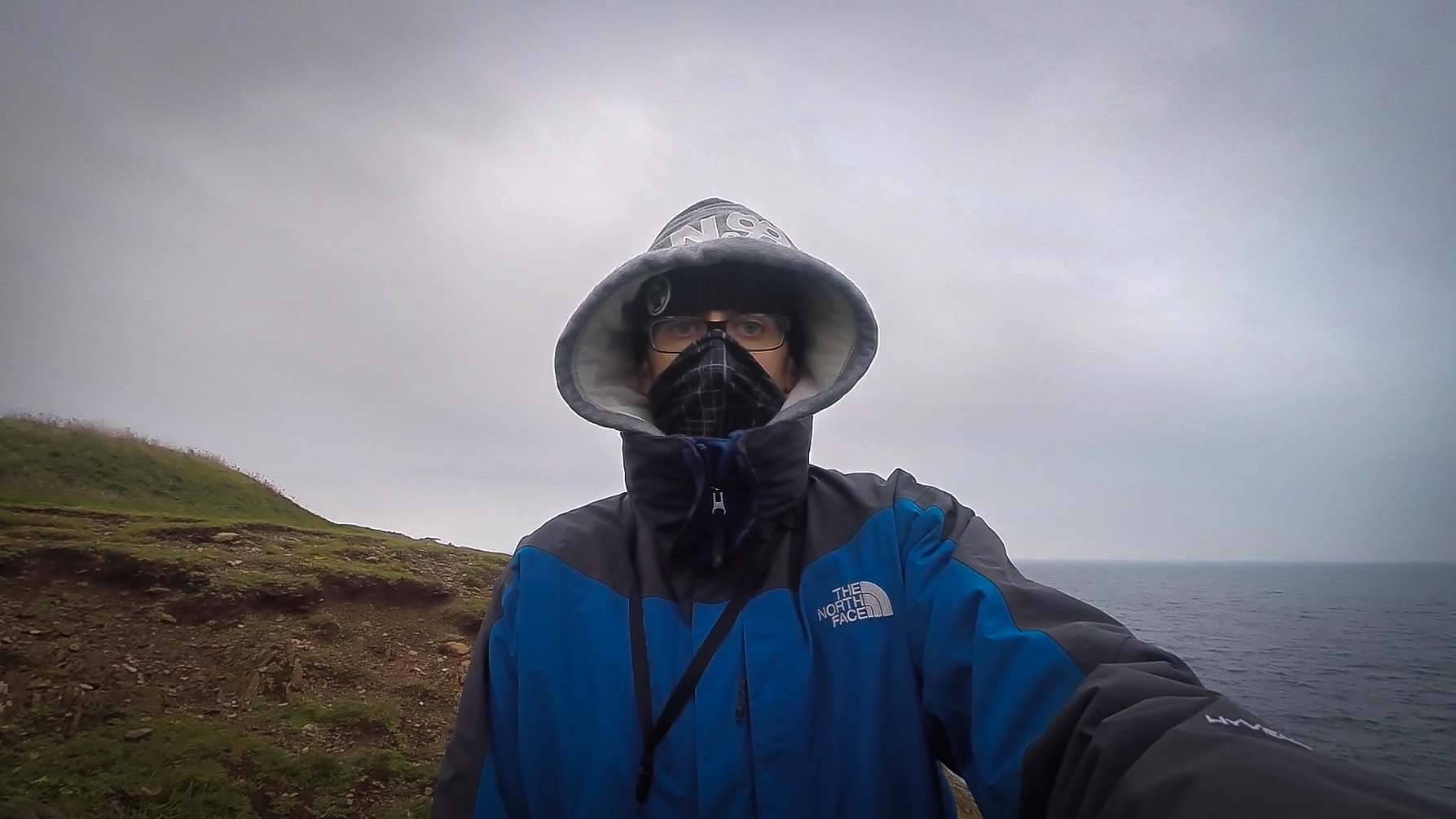
5 A.M. Alarm clock! It rings at least an hour-and-a-half before dawn.
5:01 A.M. I blame myself why I have not chosen to shoot a different kind of photography. I don’t know—it’s one of those where you do not wake up before the sun rises! Usually, the answer to this question comes to me later during the day.
5:15 A.M. After a cup of coffee that tear me away from the arms of Morpheus, it’s time to check the weather. Looking out the window is not enough, mainly because what is now above my head is not what I’ll find in my selected shooting location. It’s also because the actual weather conditions could be different from the one that I’ll find in a hour. So I check the satellite images of the actual situation and the forecast for the next few hours. These forecasts are usually accurate.
5:30 A.M. “No battle plan resists the first cannon shot,” was what Napoleon Bonaparte once said. According to the weather forecast, I decide to confirm the spot I selected the evening before. It is also better to choose a back-up spot.
5:45 A.M. I’m already in my car driving with loud music, so I won’t fall asleep. I am heading toward my selected shooting location. It is not more than half an hour away from the base camp.
6 A.M. One hour from dawn, I find myself on the location that I chose. It’s good to arrive earlier for several reasons. One is that it is necessary to have time to assemble all the equipment calmly. If you use filters, you exactly know what I’m talking about! And it’s also good to have some margin of time with light to refine the composition and manage unexpected events, such as finding a large group of fishermen exactly where you wanted to be!
7 A.M. Sunrise! In other words, the results of weeks and weeks of planning. Once the composition is chosen, I usually I maintain it for all the session: light—and other supporting players like waves and clouds—changes so fast that is quite risky to move. And yes, after you moved to a new position, you’ll start to have thousands of regrets on the shoot that you may have missed!
7:45 A.M. 30 to 45 minutes after the sunrise, the light is too strong to get a great shot—unless you are in the middle of a wonderful storm, where the only limit is your weather resistance. So I take some time to enjoy nature while listening to music.
8:30 A.M. It’s time for the deserved reward of the day: “Cappuccino e Brioches”, an Italian-style breakfast!
10 A.M. After coming back to the basecamp, my first task is to make a backup of the picture taken this morning. Then, I clean my gear. Camera and filters do not get along very well with ocean saltwater. At this point, I put up my clothes to dry and take a nap!
12 P.M. Driving out to lunch and checking out restaurants suggested by TripAdvisor!
2 P.M. After lunch, I’m back again on duty. The first thing I do is to check the latest satellite weather image. I want to choose the spot for the sunset between those I selected the previous evening according to my position. Then I do a quick check on my gear. Do I have batteries? Check.
2:30 P.M. Driving back again toward the selected spot.
3:30 P.M. I arrive on the spot at least two hours before sunset. I always try to observe this. This not only allows me to have the same margin like in the morning, but it allows me to have extra time to find backup compositions and explore the area. Plus, I need to identify any interesting extra spots to shoot the sunrise the next morning. During my winter travels, I often find that sunrise and sunset spots are compatible with each other. To do that, I use Augmented Reality apps on my smartphone that predicts the exact position of the sun from the point where I’m standing.

5 P.M. Once the gear is set on the tripod and the composition is ready, it’s time for the “magic moment”. This is the moment when I sit in front of the sea with good music in my earphones, and I start to recall the wonderful day that I had the chance to enjoy thousands miles from my home. I begin to anticipate the upcoming sunset, praying the gods of weather for good light. Remember that question I asked myself at 5 A.M. this morning? This moment is really the answer to that question of why I do this. I do everything for this moment.
6 P.M. Fun time begins. From around half an hour before until half an hour after sunset, it’s the perfect light moment to take pictures. All my shots are made with a single exposure. I don’t use any photo blending techniques in post-production, so it is absolutely essential to take as much pictures as I can of the composition in order to select the best one later on. Like this morning, it’s quite uncommon for me to change the composition, but eventually, I tune it according to the sun’s position. Even if the total time is around an hour, it seems to last a just few seconds! Adrenaline effect!
7 P.M. “Spento!” This means, “Light off!” in Italian. The good light is all gone. It’s time to pack up and go. I focus my mind on a warm dinner and good wine in a local restaurant to celebrate the photos I’ve taken. Most times, during shoots like these, I’ll need a glass (or two!) of good wine after to forget that something went wrong. Oh yes, photo shoots don’t always turn out fine all the time. Indeed, they are definitely more times that it goes wrong, but remember: it’s “the moment” that really matters, not the photos. If you planned a trip just for the sake of getting nice pictures, you’ll probably fail and waste your time. You cannot control nature, and you’re not taking pictures in your studio. If bad light smiles down at you, all you can do is smile back. Never give up—never.
8:30 P.M. Dinner time!
10 P.M. Back to basecamp. Time to clean my gears and myself, and to back up the pictures I’ve taken. To be honest, I’m the last one in this sequence! At this point, I need to confirm the spot for the day after, so I do that accordingly to the inspection I made this afternoon on the weather forecast and tides. This operation requires at least an hour, as it’s hard to find two weather forecasts that say the same thing!
11 P.M. Finally! It’s time to sleep. I’m so tired and eager to sleep now. But I’m looking forward to the alarm waking me up at 5 a.m. to start the day all over again!
We hope reading about Francesco Gola’s day gave you some insight into what it takes to become a seascape photographer. Want more inspiration? Check out this aerial video of Brittany, France—shot with a drone by Francesco and his friend, fellow photographer Alessio Andreani.
Now, scroll down for a collection of seascape images by Francesco that will leave you breathless:
Follow Francesco Gola on 500px to see more of his images. You can also connect with him on his official website and Facebook page.
Got any questions for Francesco about his shooting schedule, his process, or his photography? Leave a comment for him below!
Check back next week for a new installment of A Day In The Life featuring another 500px photographer.

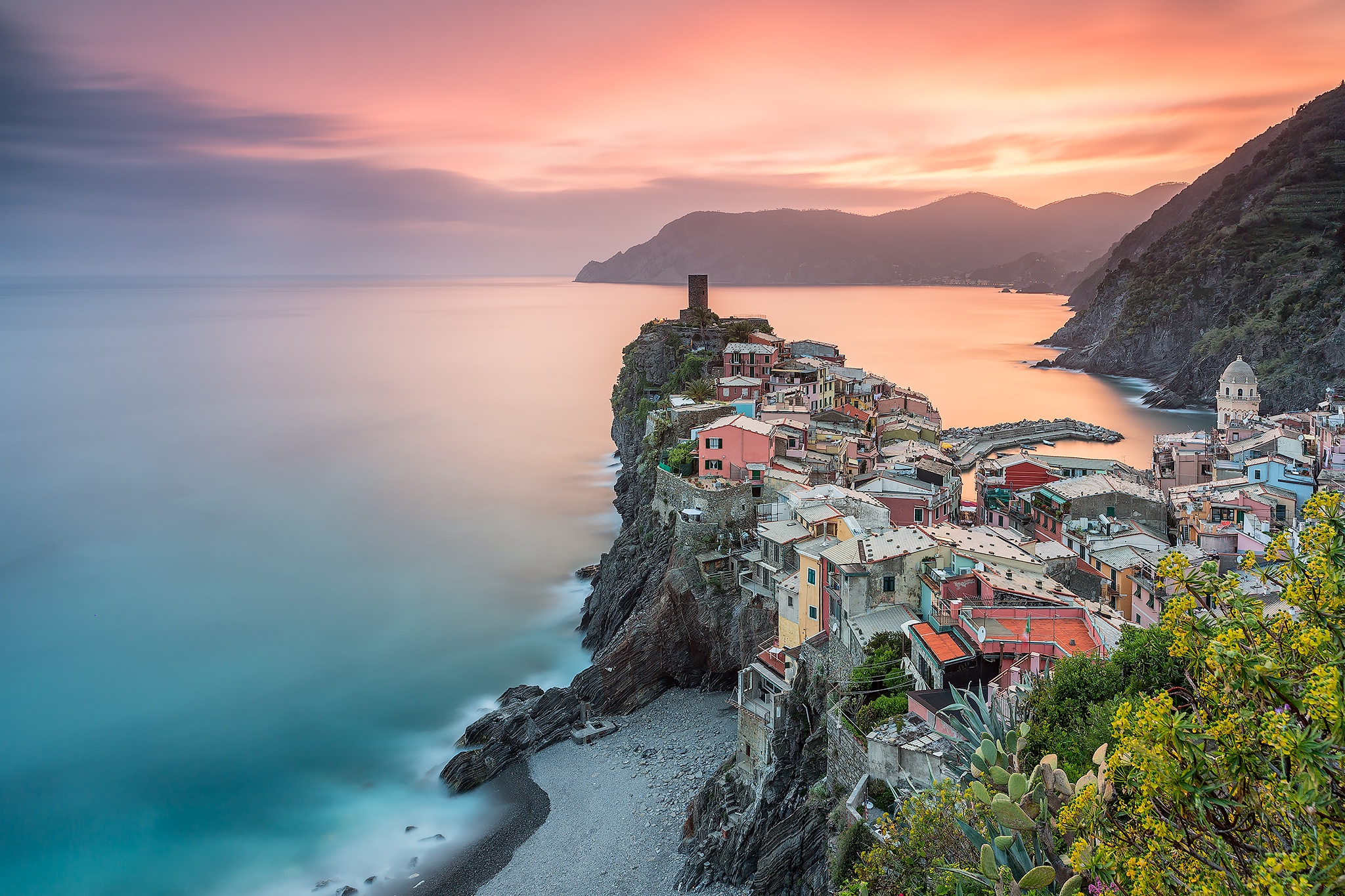












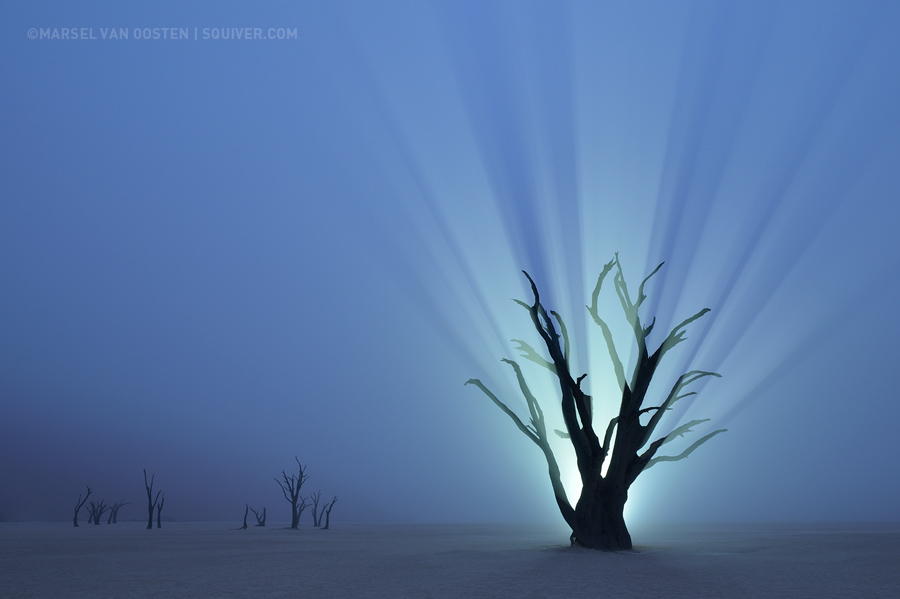
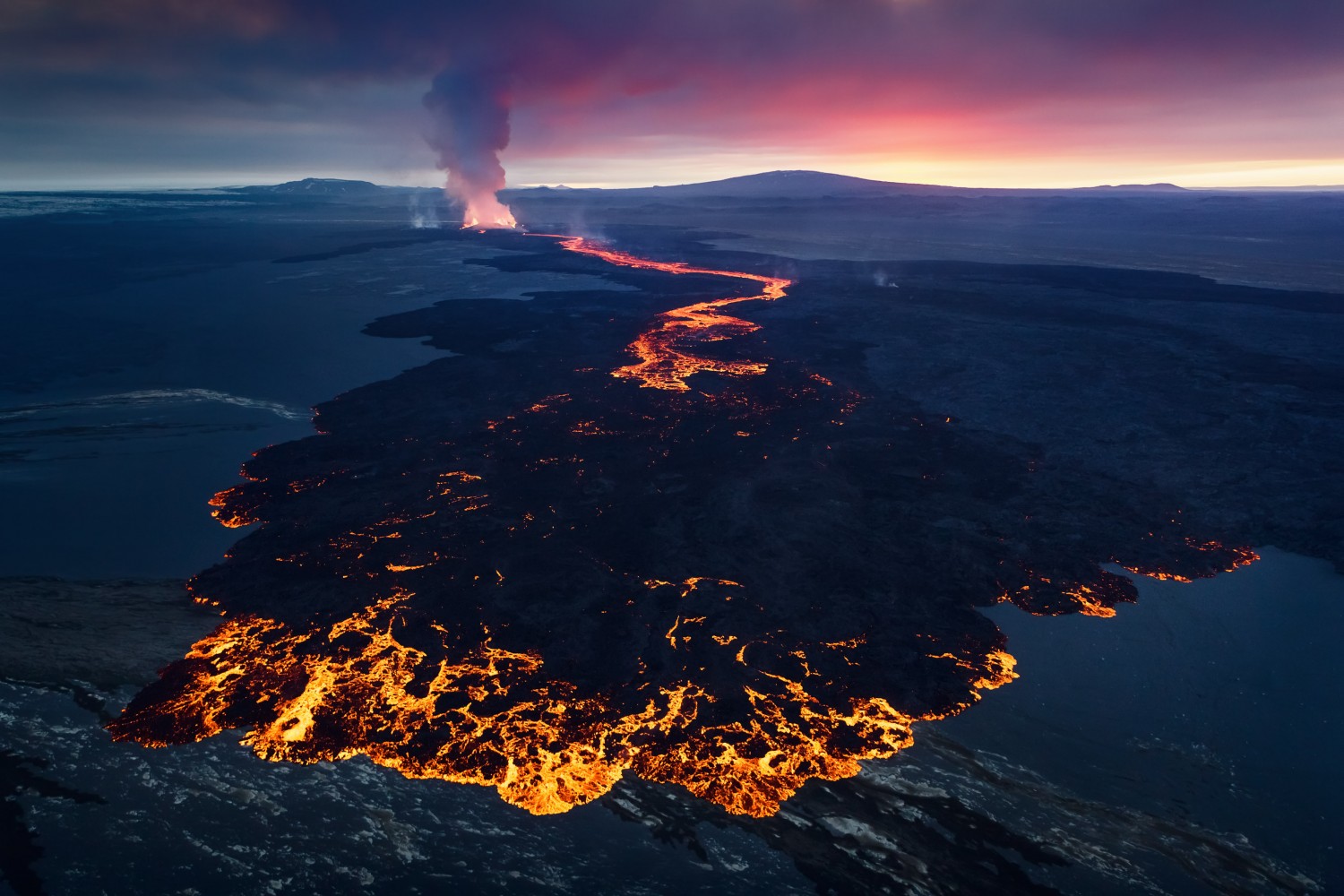
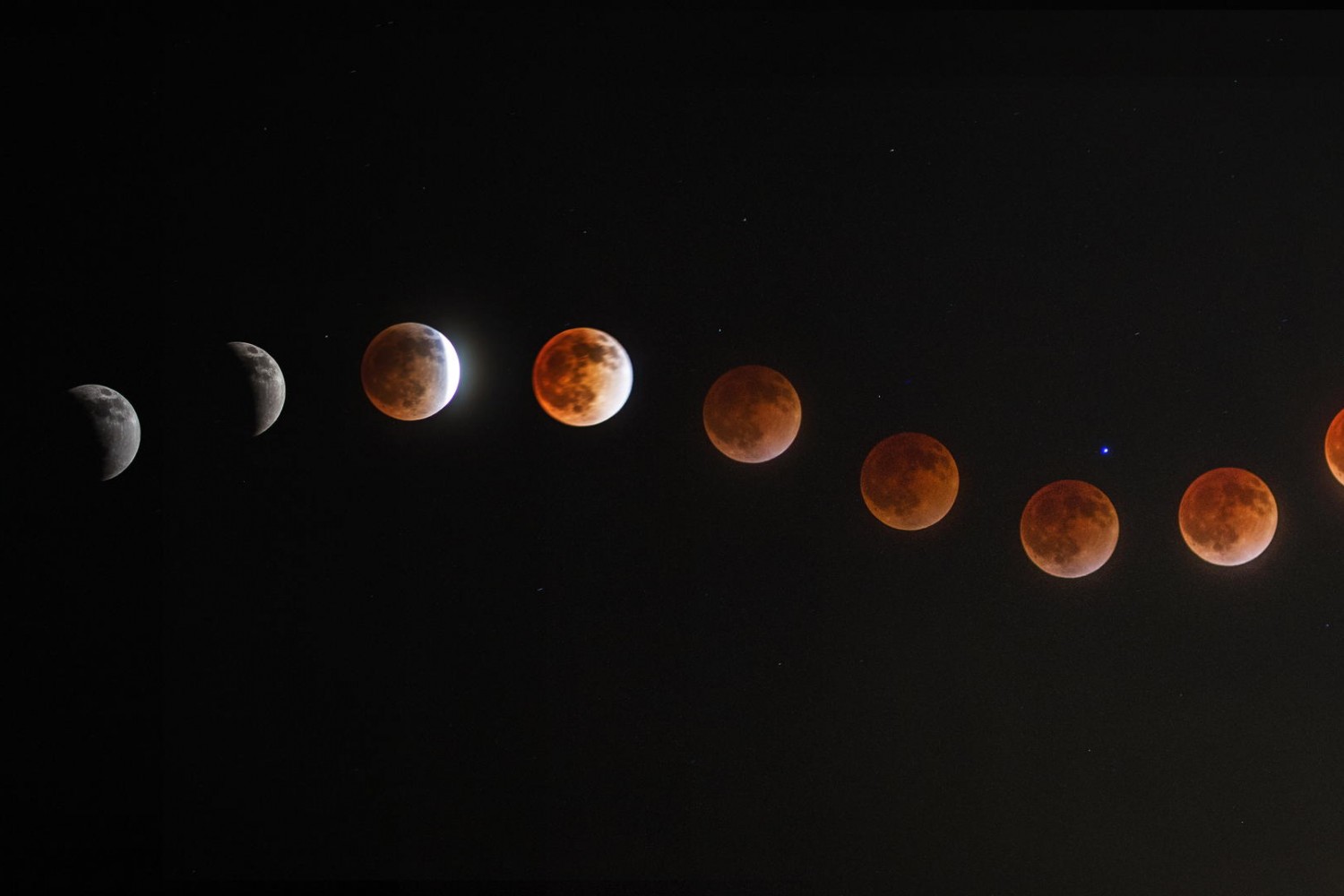
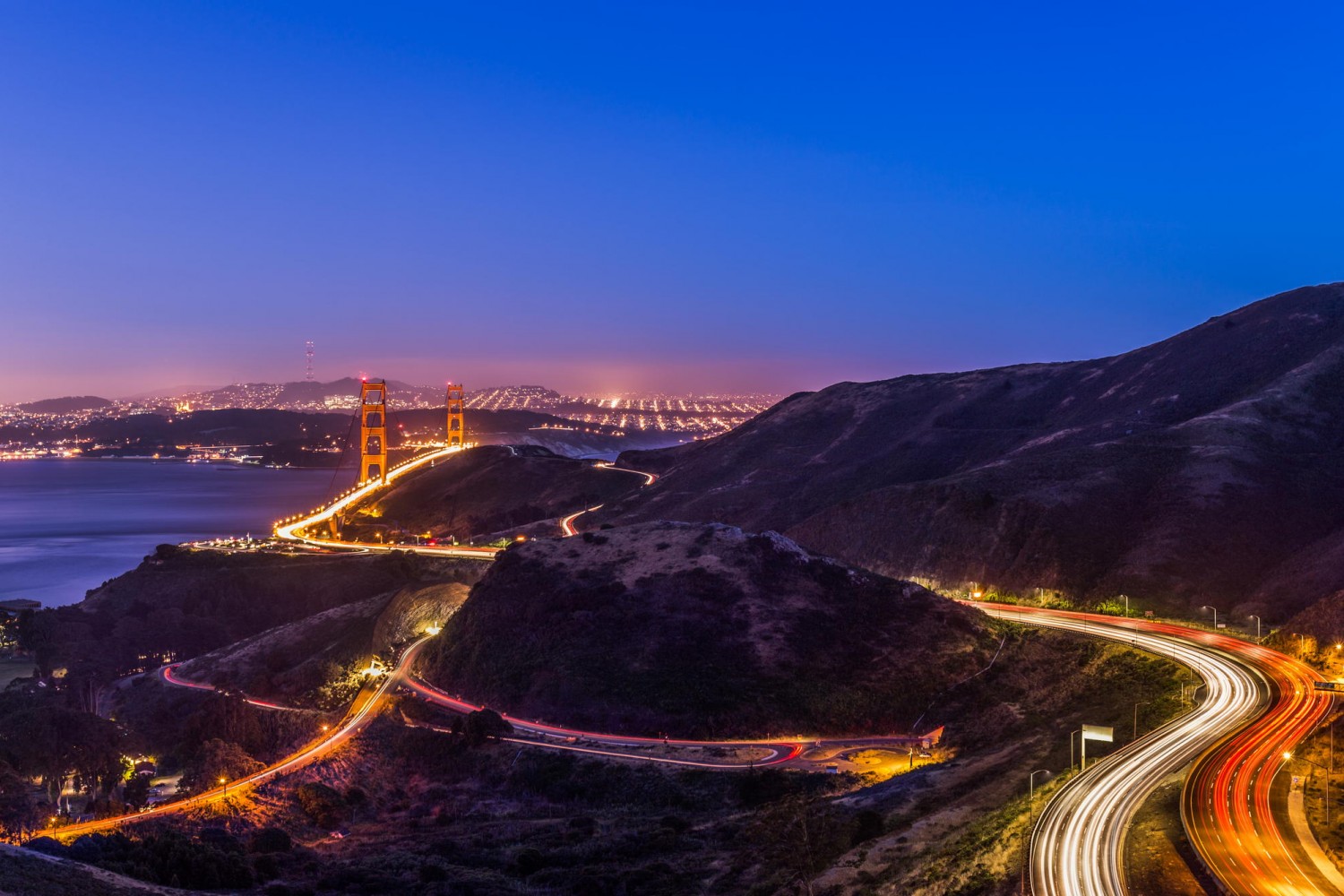
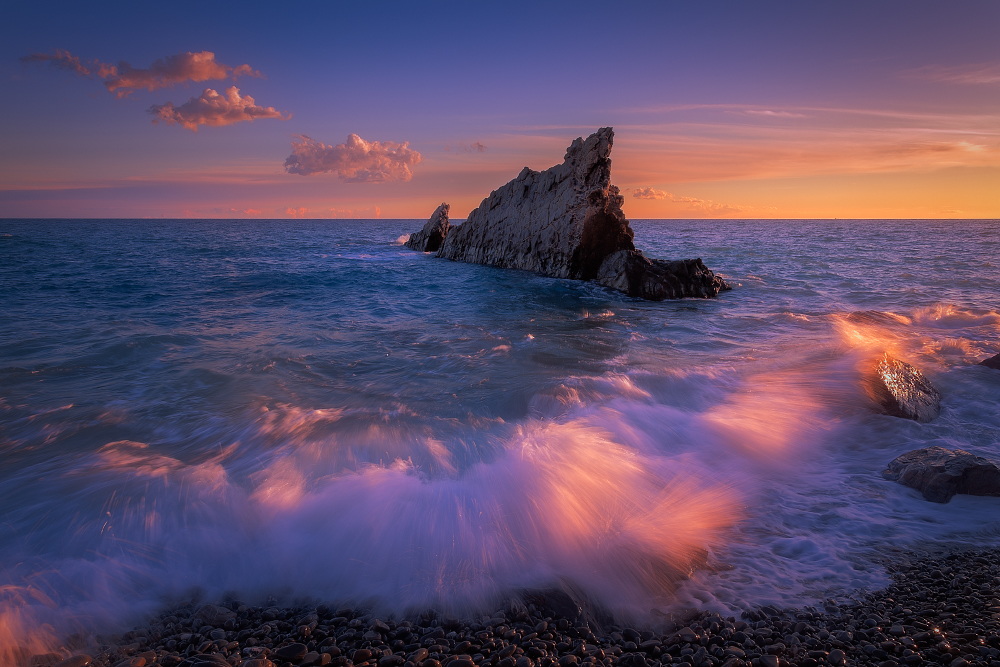
Leave a reply